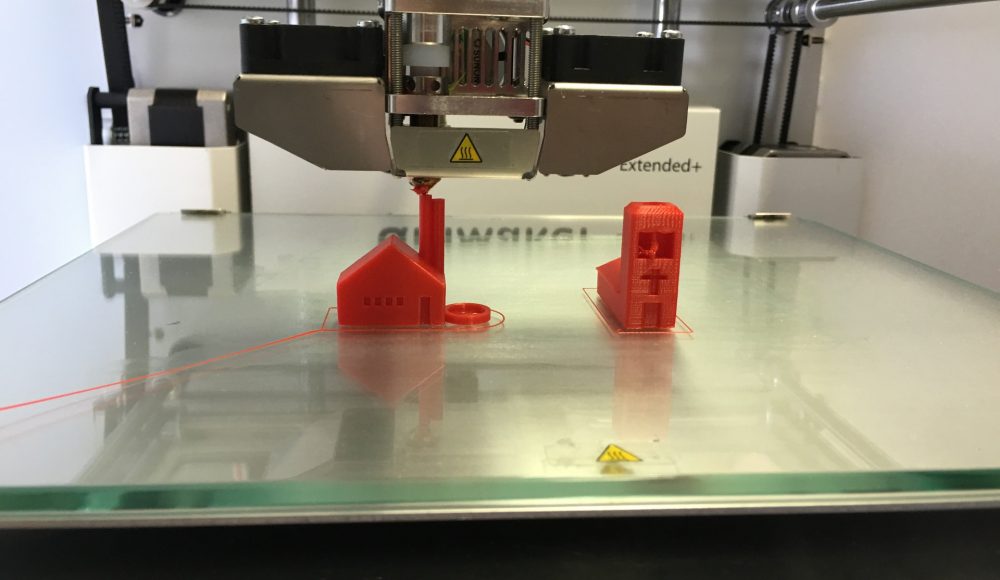Industries 3D Printing Has Disrupted
29th March 2017

The International Data Corporation estimates that the 3D printing market will be worth $35.4 billion by 2020. 3D printing is an additive manufacturing process that creates a solid, three-dimensional object by adding material layer upon layer using a digital design file. Its flexibility means that its application to any industry is only limited by imagination. Here is a look at 3 industry sectors that are being disrupted by 3D printing technologies.
Medicine – Prosthetic Limbs and Mobility Devices
The World Health Organization estimates 40 million people in low-income countries are amputees and need prosthetic limbs, but only about 5% of them have access to any form of prosthetic devices or assistance.
Nia Technologies, a Canadian non-profit social enterprise, is running a ground-breaking trial in Cambodia, where it aims to make high quality prosthetics and mobility devices for children and young people quicker and cheaper than using the traditional plaster cast method of production.
“Our project leap frogs current developed world fabrication techniques by using 3D printing to produce devices that are actually being used by patients,” says Dr Matt Ratto, Nia’s Chief Science Officer.
Construction – Housing
Apis Cor, a San Francisco based construction company, has just printed the first house using mobile 3D printing technology in Moscow. It is 400 square feet and took 24 hours to print. The house is printed on site rather than printed in a factory and assembled on site.
It has also created a geopolymer cement called “geobeton,” which has been specifically designed for 3D printing. It can be modified for hot or severely cold temperatures, reduces CO2 emissions by up to 90% and, compared to normal Portland cement, has better results in strength, durability, freeze-thaw resistance, fire resistance, heat insulation, corrosion and aggressive substance resistance including many types of acids.
Manufacturing
Because 3D printing requires relatively little set-up time and requires no up-front tooling or complex assembly, manufacturers can move from initial design to prototype to finished product in a matter of weeks. It changes the cost of bringing new products to market. Production parts can be switched as fast as operators can load a new 3D design and feed in the raw materials. The level of flexibility is unprecedented. Also as the complexity of parts increases, costs remain flat for 3D printed parts, and companies do not have to carry stock because parts can be manufactured on demand.
This is why the airline industry has been at the vanguard of the disruption. “In 2017 we will print aluminum parts, in 2018 we will print things like spoilers and in 2025 maybe an entire fuselage. We are going through the complete aircraft to see where else it makes sense to use 3D printing,” says Peter Sander, Vice President, Emerging Technologies and Concepts for Airbus.
Cornfield & Partners can help you look into 3D printing’s key investment sectors to increase international customers and value channels. For information, contact info@cornfieldpartners.com or
call +44 (0) 20 7692 0873.
